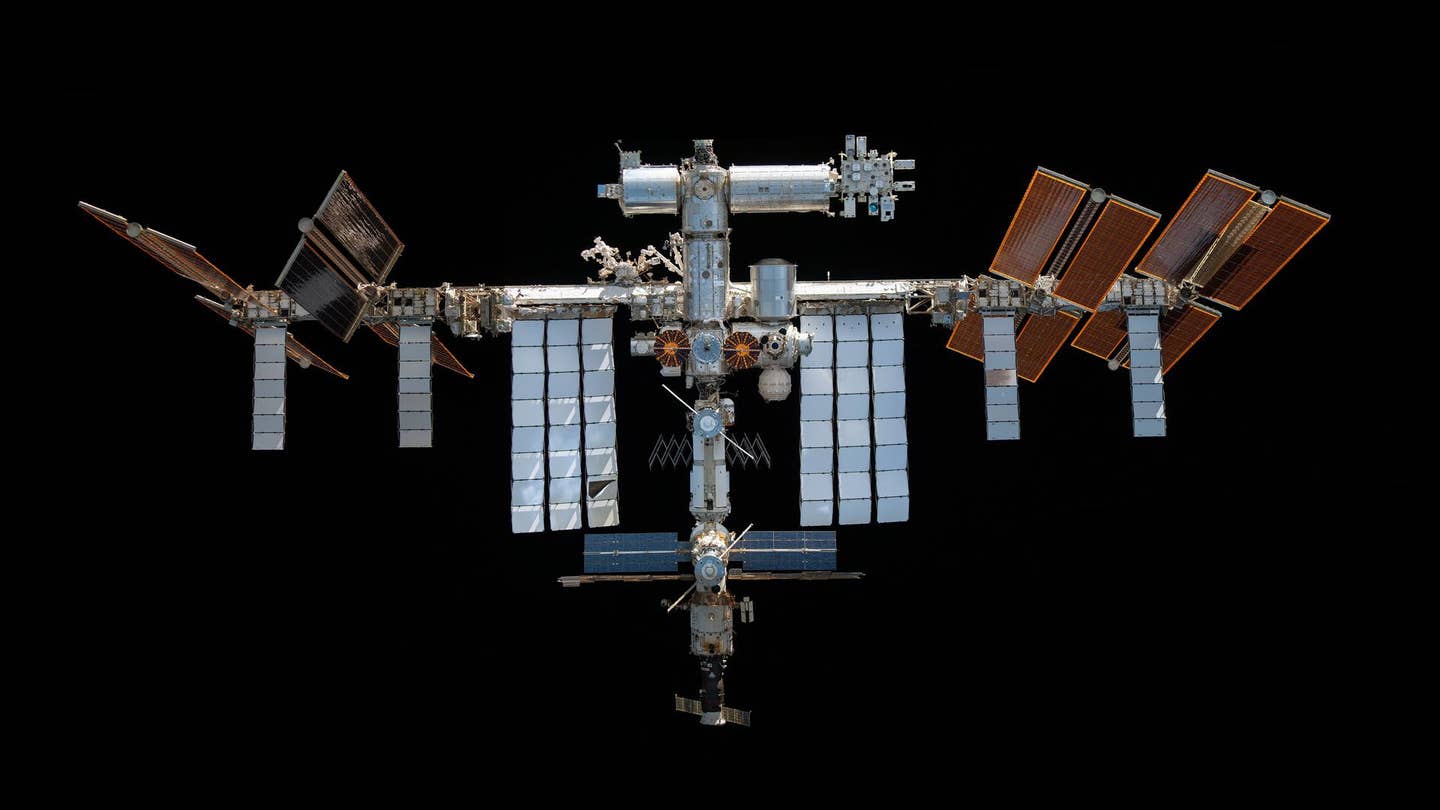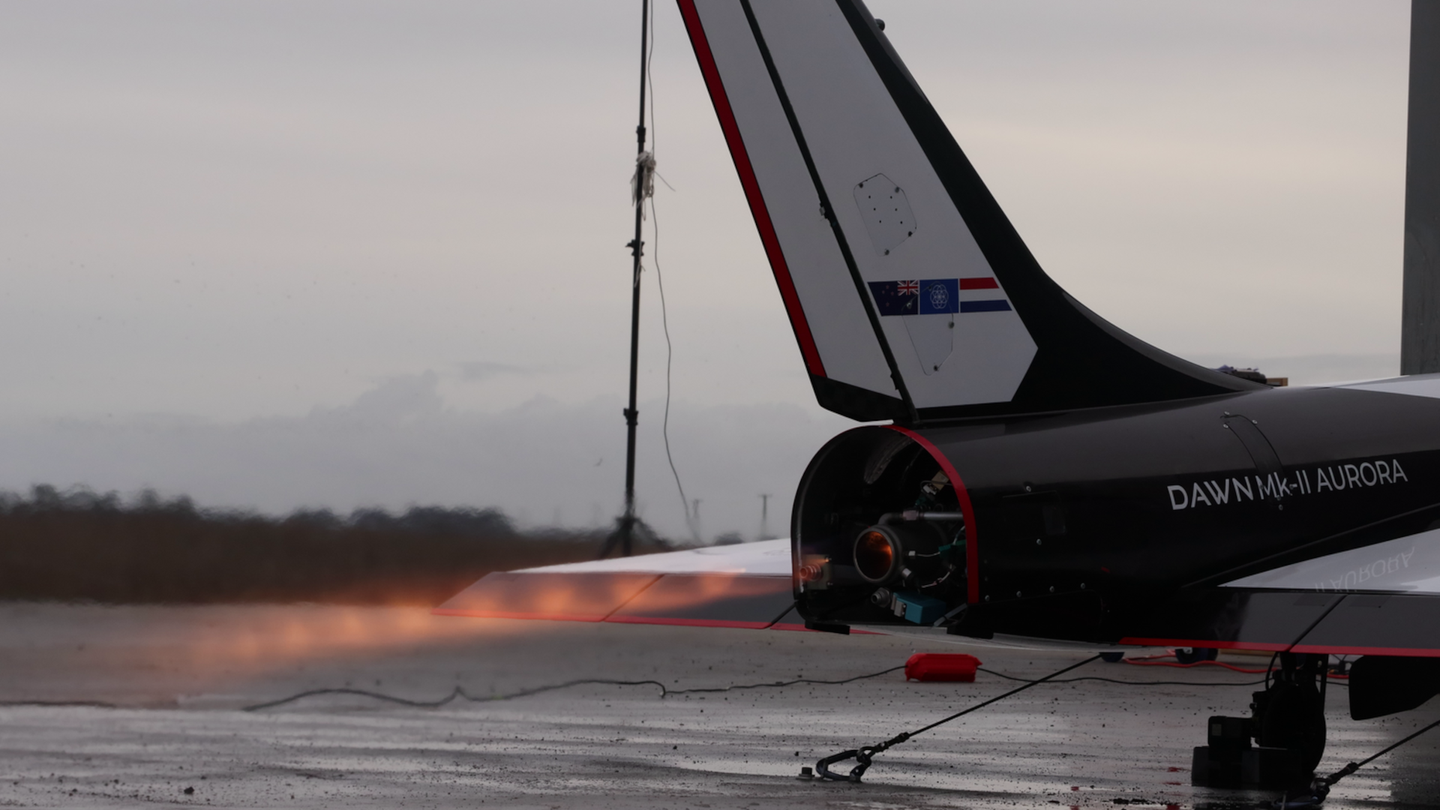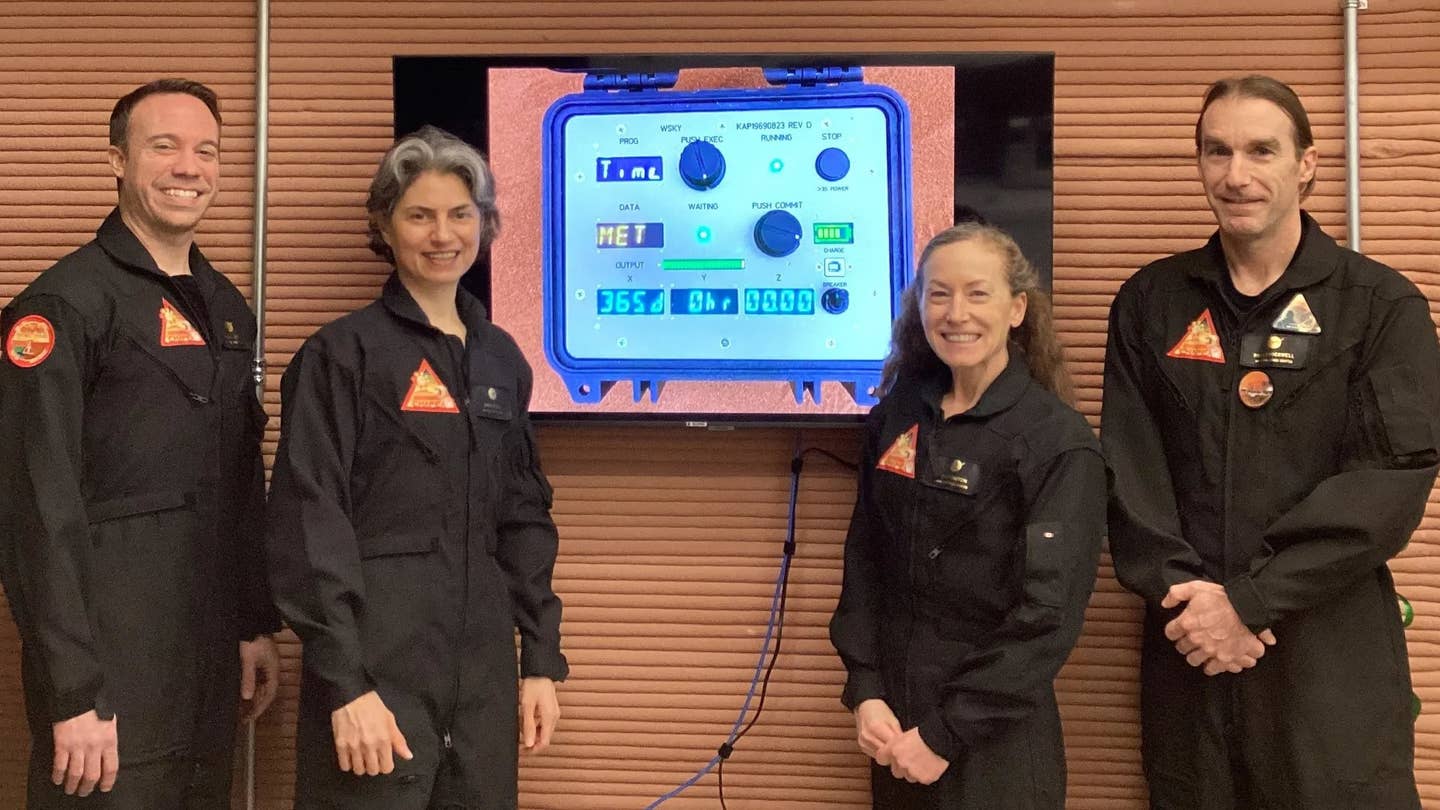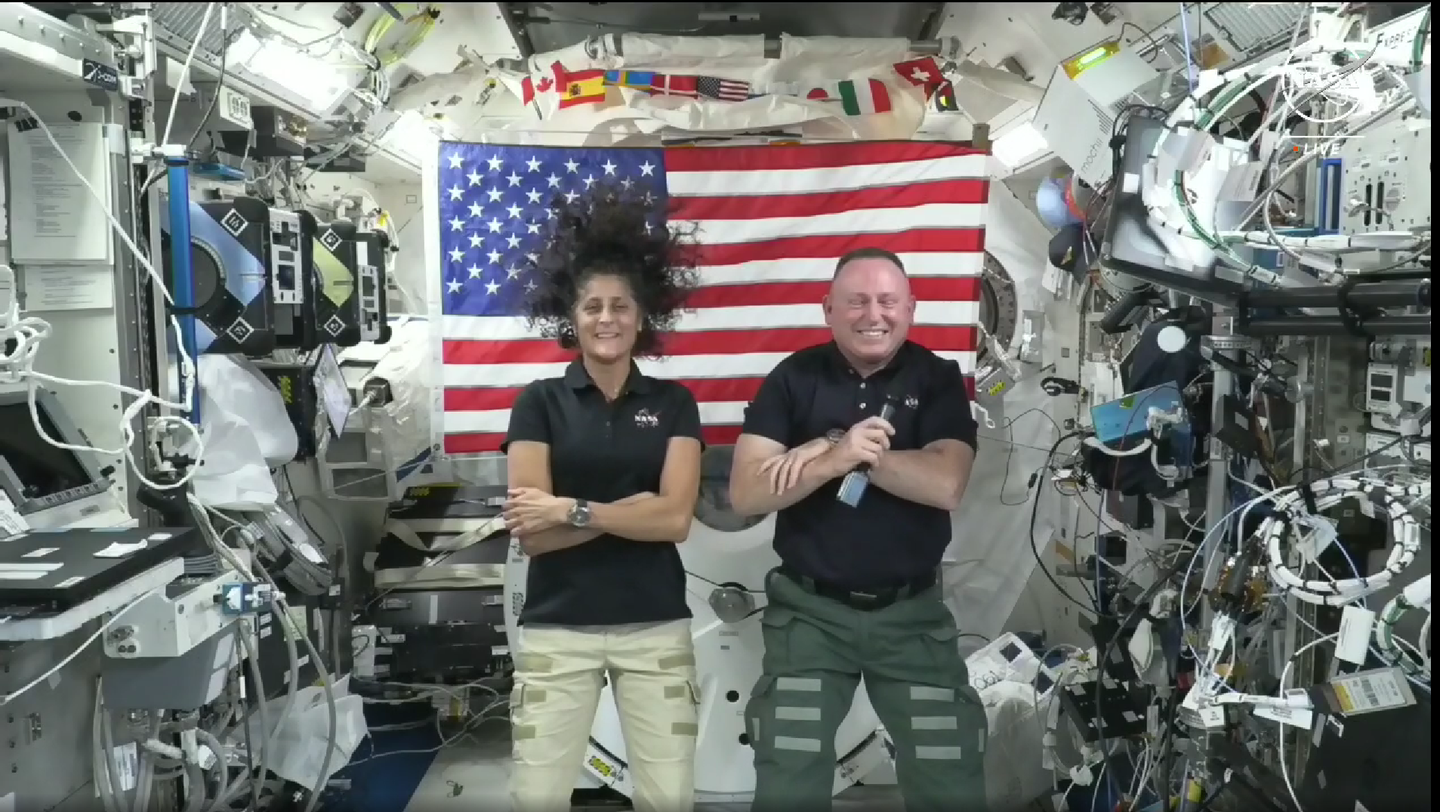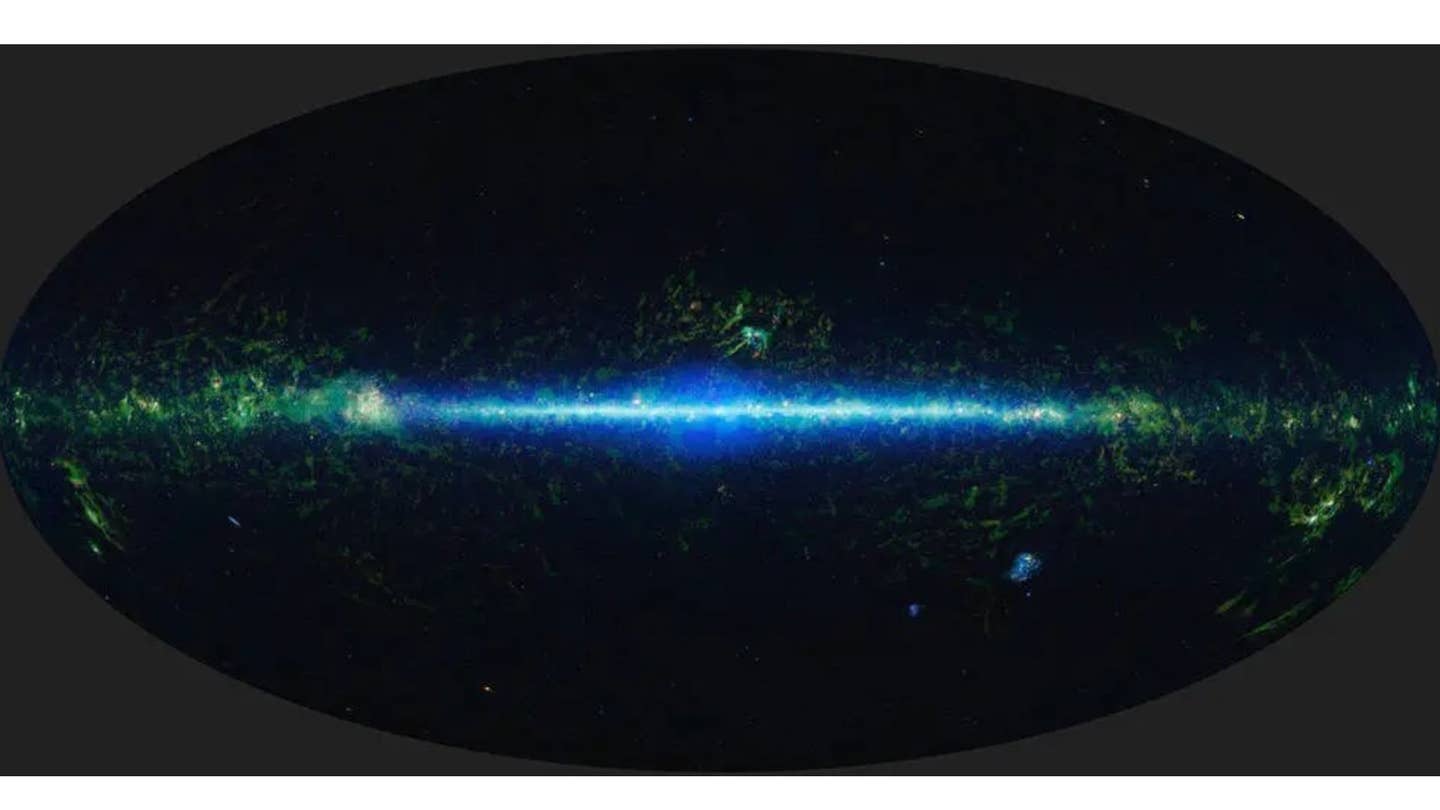First Commercial Lunar Delivery Mission Ends Before Landing
Despite the failure to land on the moon as planned, NASA said four out of five of its payloads on Peregrine were able to collect data in flight.
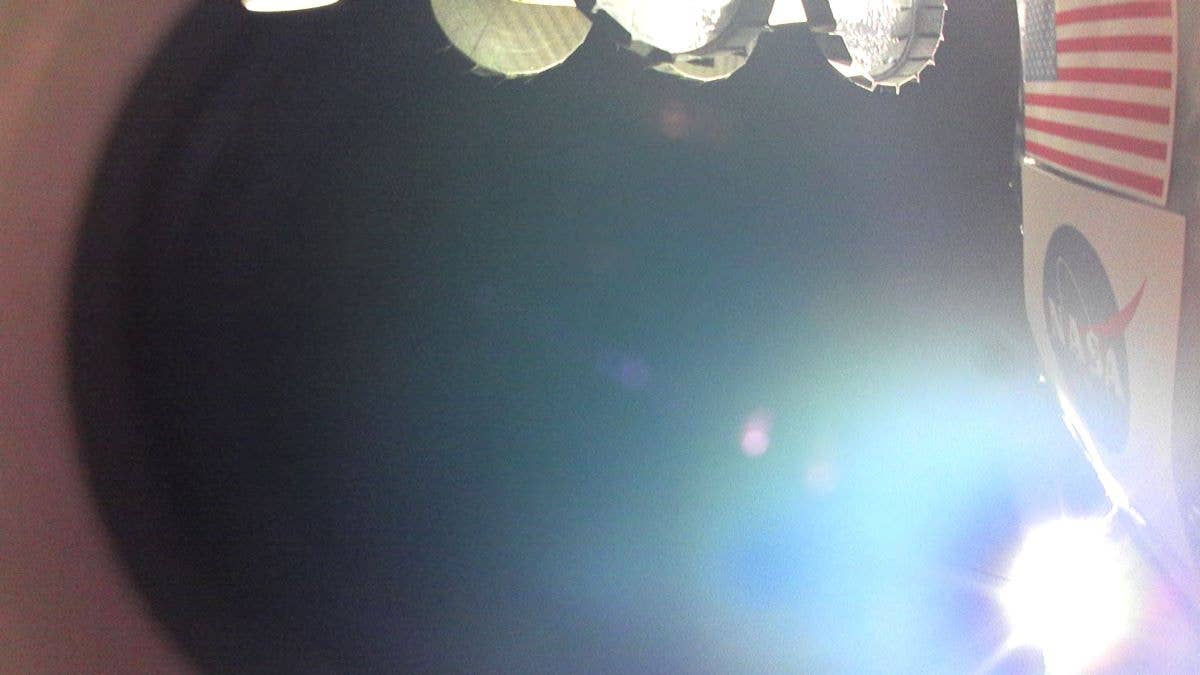
Cameras aboard Peregrine capture the American flag and the NASA insignia on one of the lander’s tanks to signify America’s return to the moon. Although the spacecraft never made it there, it collected valuable data that will inform future missions, NASA said. [Courtesy: NASA]
Peregrine Mission One—the first U.S. commercial lunar payload services (CLPS) operation headed to the moon to deliver more than 20 payloads, including NASA experiments—is officially over after the spacecraft failed to reach the surface.
United Launch Alliance’s (ULA) Vulcan rocket launched Astrobotic’s Peregrine lander on January 8 from Space Launch Complex 41 at Cape Canaveral Space Force Station in Florida. Hours into the mission, however, a “propulsion anomaly” was reported that cut the flight short of its original target to make a lunar landing attempt on February 23.
"After analysis and recommendations from NASA and the space community, Astrobotic determined the best option for minimizing risk and ensuring responsible disposal of the spacecraft would be to maintain Peregrine’s trajectory toward Earth, where it burned up upon reentry," NASA said Friday.
The spacecraft made a controlled reentry over the South Pacific 10 days and 13 hours after it launched.
"Peregrine Mission One has concluded," Astrobotic said Friday in a message on X, formerly Twitter. "We look to the future and our next mission to the moon, Griffin Mission One. All of the hard-earned experience from the past 10 days in space along with the preceding years of designing, building and testing Peregrine will directly inform Griffin and our future missions."
Despite the failure to land on the moon as planned, NASA said four out of five of its payloads on Peregrine were able to power on in flight and collect data. Those experiments included its Linear Energy Transfer Spectrometer (LETS), Near-Infrared Volatile Spectrometer System (NIRVSS), Neutron Spectrometer System (NSS), and Peregrine Ion-Trap Mass Spectrometer (PITMS). Its fifth experiment, a laser retroreflector array, is a passive instrument and would have only been able to operate on the lunar surface.
The Peregrine mission was an opportunity to set benchmarks and test instruments in space, said Nicola Fox, associate administrator for NASA’s Science Mission Directorate at the agency’s headquarters in Washington, D.C.
“The data collected in flight sets the stage for understanding how some of our instruments may behave in the harsh environment of space when some of the duplicates fly on future CLPS flights," Fox said.

Subscribe to Our Newsletter
Get the latest FLYING stories delivered directly to your inbox

